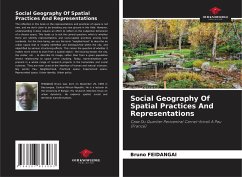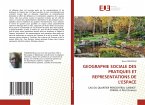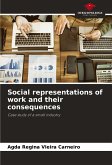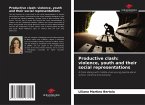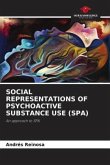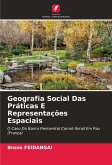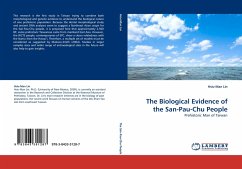The reflection in this book on the representations and practices of space is not new, and we don't claim to be breaking any new ground in this field. However, understanding it does require an effort to reflect on the subjective dimension of a chosen space. This leads us to ask the central question, which is whether there are identity representations and socio-spatial practices among local residents. For the time being, we use the term "neighborhood" to describe an urban space that is roughly identified and distinguished within the city, and objectified by various structuring effects. This raises the question of whether it makes more sense to start from a spatial object - the housing estate, the city, the center, etc. - to describe its image, rather than from a given population whose relationship to space we're studying. Today, representations are present in a whole range of research projects in the humanities and social sciences. They are even used at the interface of human and natural sciences. Key words: Pau, Neighborhood, Practiced space, Experienced space, Represented space, Urban identity, Urban policy.
Bitte wählen Sie Ihr Anliegen aus.
Rechnungen
Retourenschein anfordern
Bestellstatus
Storno

